 |
Good design at its core is about understanding people and their needs in order to create the best possible tools for them.
|
008 |
 |
…a coach’s best tool for understanding what’s going on is to ask. Don’t presume you know what the problem or solution is.
|
067 |
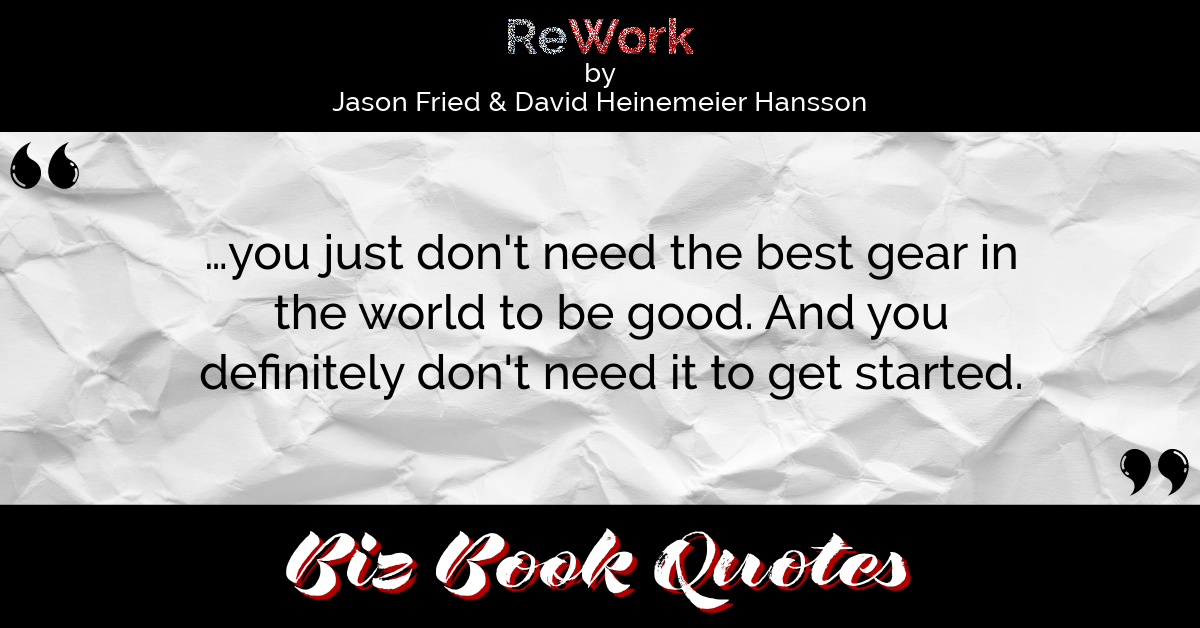 |
…you just don’t need the best gear in the world to be good. And you definitely don’t need it to get started.
|
087 |
 |
Use whatever you’ve got already or can afford cheaply. Then go. It’s not the gear that matters. It’s playing what you’ve got as well as you can.
|
088 |
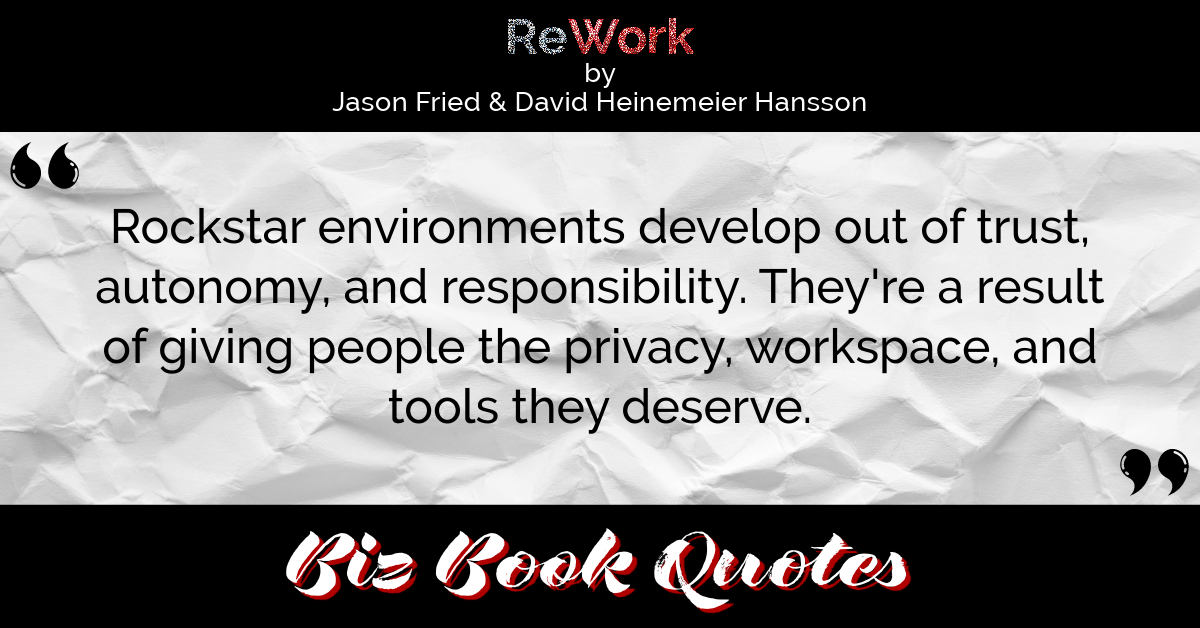 |
Rockstar environments develop out of trust, autonomy, and responsibility. They’re a result of giving people the privacy, workspace, and tools they deserve.
|
253 |
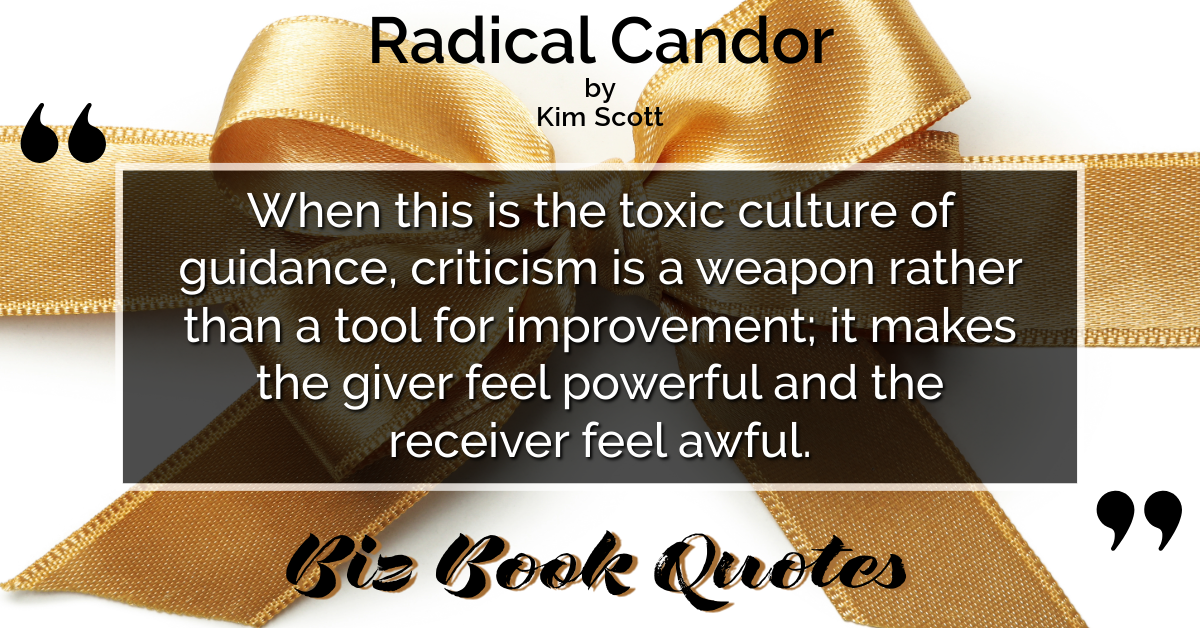 |
When this is the toxic culture of guidance, criticism is a weapon rather than a tool for improvement; it makes the giver feel powerful and the receiver feel awful.
|
026 |
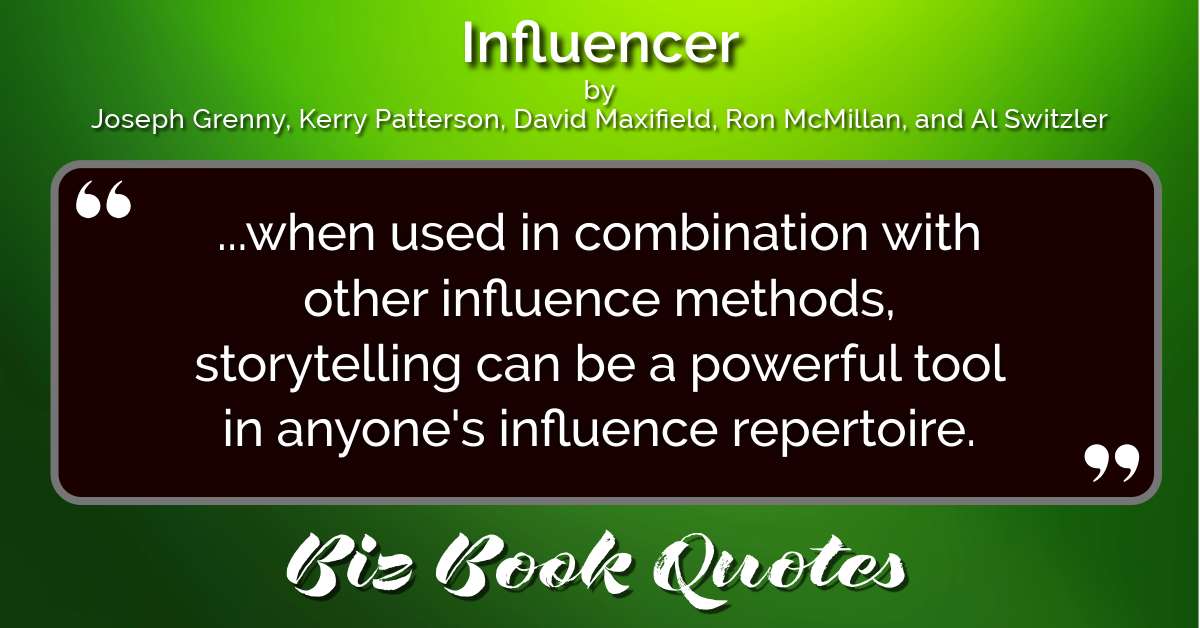 |
…when used in combination with other influence methods, storytelling can be a powerful tool in anyone’s influence repertoire.
|
103 |
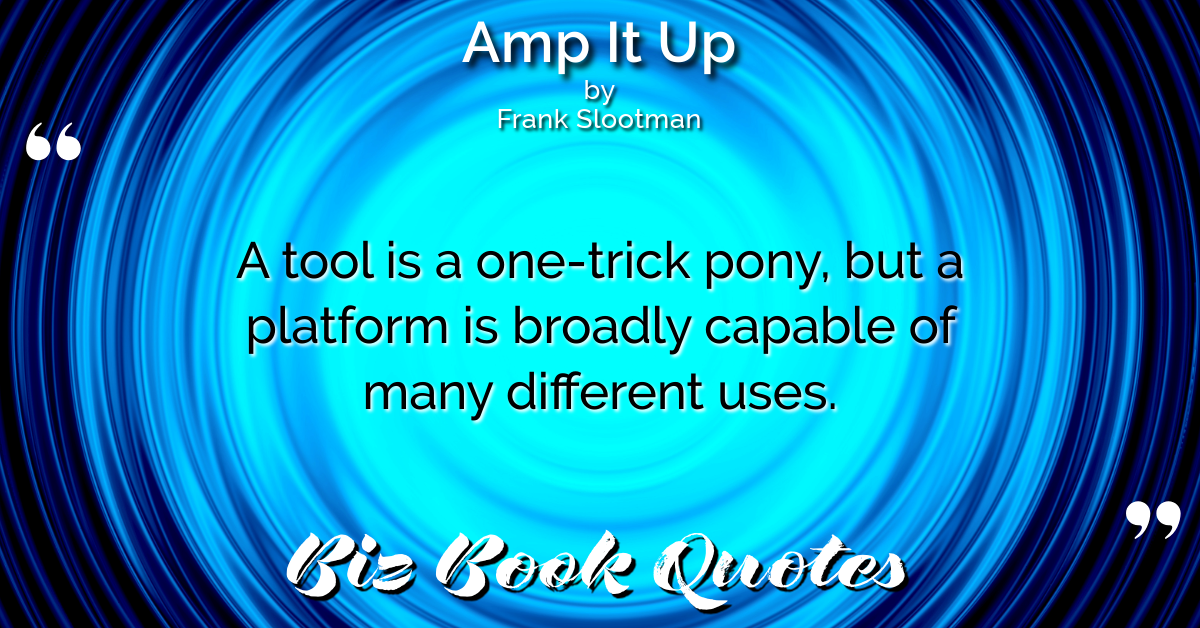 |
A tool is a one-trick pony, but a platform is broadly capable of many different uses.
|
145 |
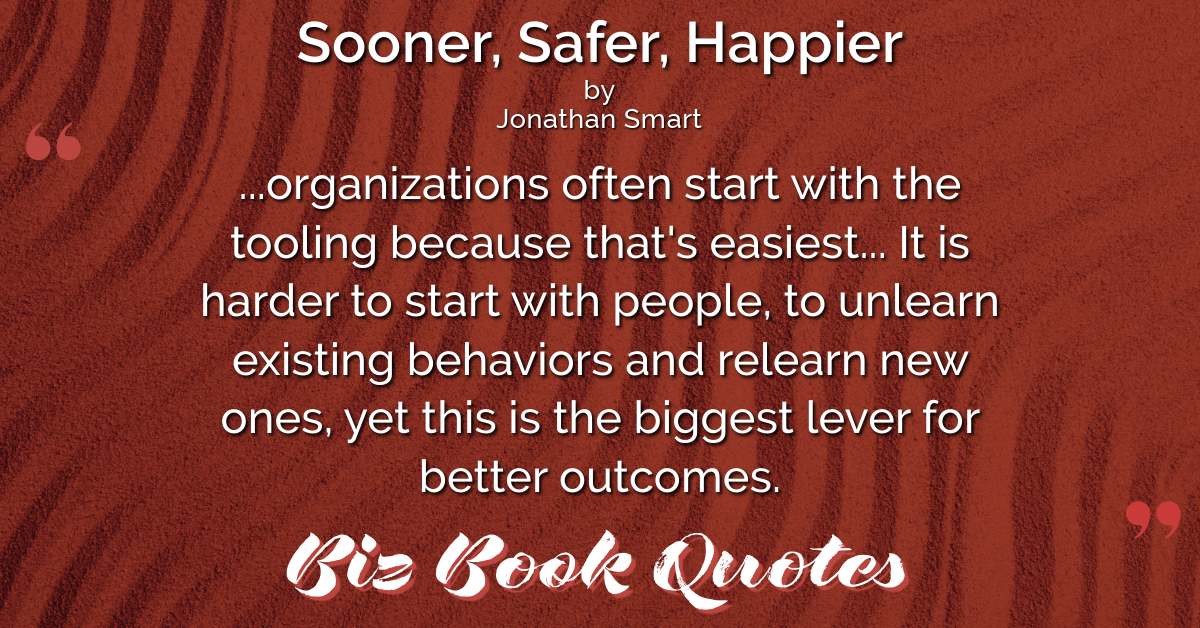 |
…organizations often start with the tooling because that’s easiest… It is harder to start with people, to unlearn existing behaviors and relearn new ones, yet this is the biggest lever for better outcomes.
|
095 |
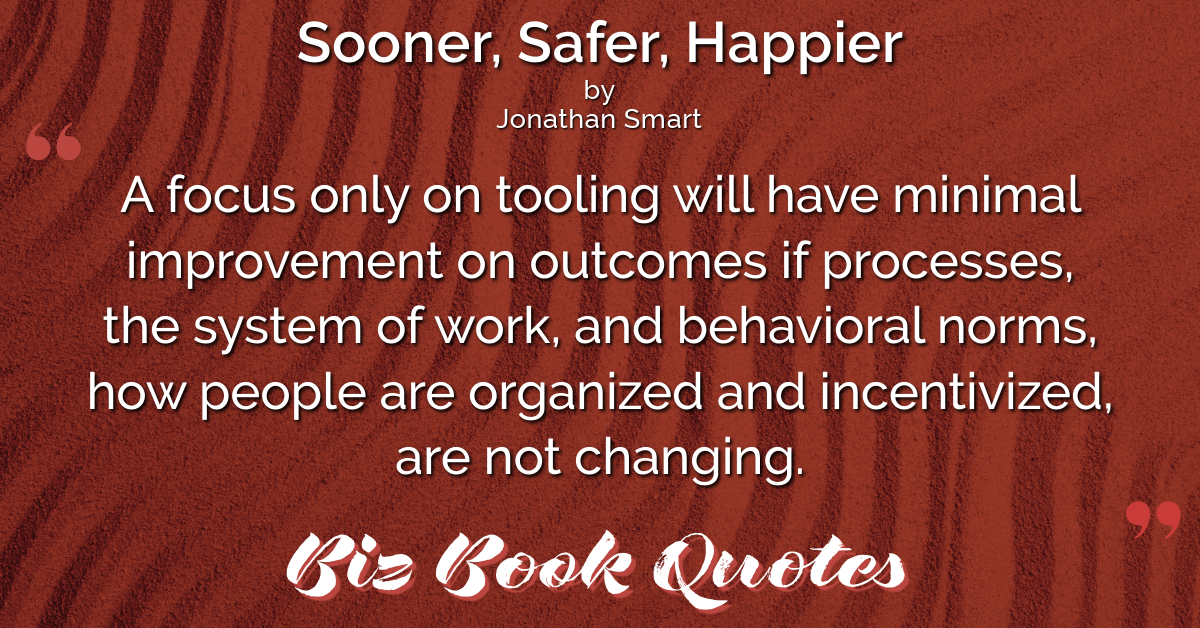 |
A focus only on tooling will have minimal improvement on outcomes if processes, the system of work, and behavioral norms, how people are organized and incentivized, are not changing.
|
261 |